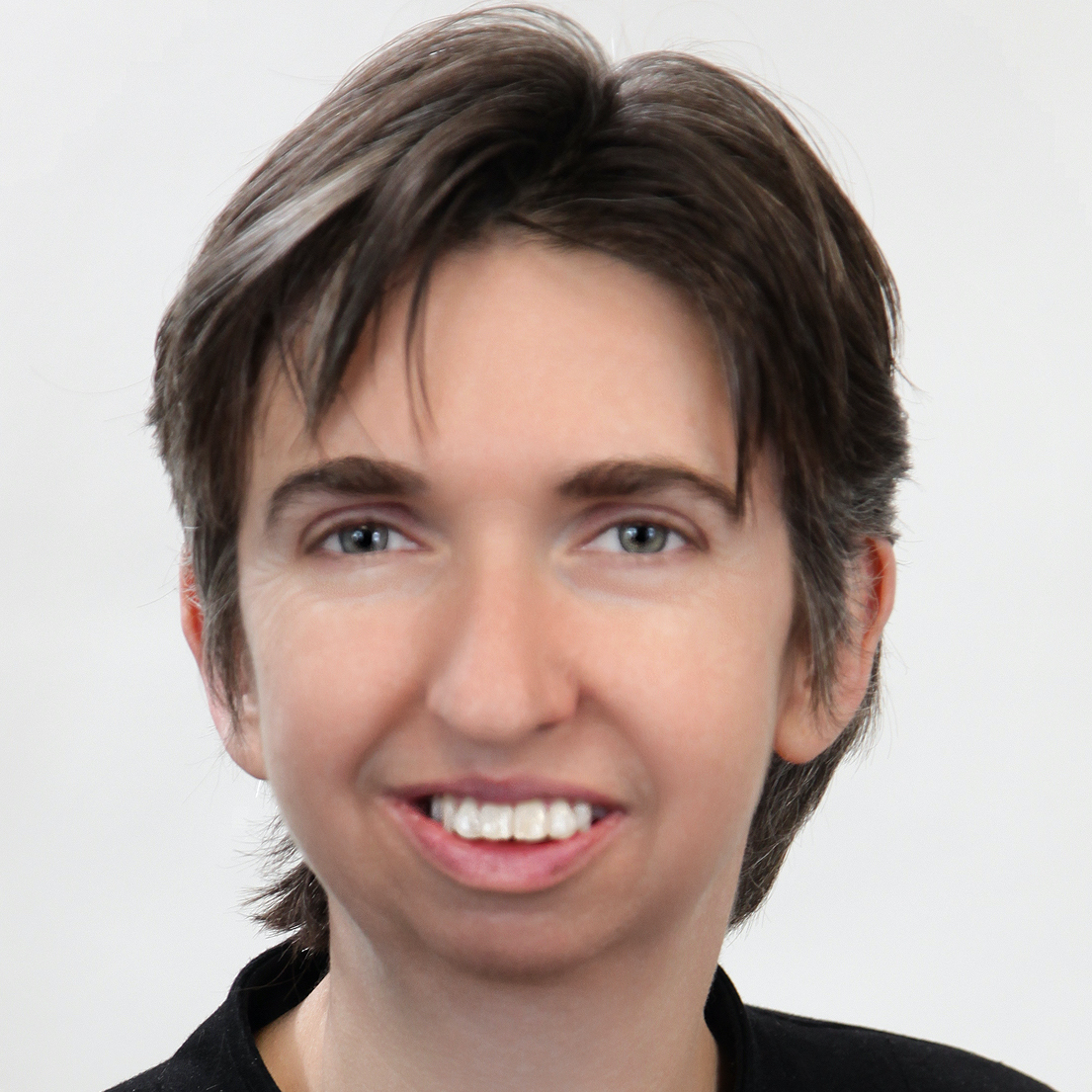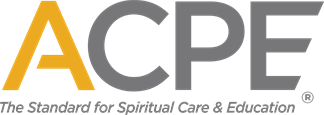Embracing the Tapestry of Celebrations: July 4th, Juneteenth, and Pride
 I didn’t grow up in the United States and didn’t know about the July 4th holiday until I moved here in my early twenties. I learned that the holiday celebrates freedom from British tyranny, an uncomfortable invitation to deepen my knowledge of British imperialism. At the same time, celebrating this holiday is one of the things that helped me connect with the country that has become my home. As a young adult and then as a parent with children of my own, attending July 4th parties and fireworks displays became part of the annual cycle of the passing years.
I didn’t grow up in the United States and didn’t know about the July 4th holiday until I moved here in my early twenties. I learned that the holiday celebrates freedom from British tyranny, an uncomfortable invitation to deepen my knowledge of British imperialism. At the same time, celebrating this holiday is one of the things that helped me connect with the country that has become my home. As a young adult and then as a parent with children of my own, attending July 4th parties and fireworks displays became part of the annual cycle of the passing years.
In the turning of the calendar, I am aware of July 4th’s proximity to Juneteenth, a holiday I learned about in the context of communal responses to the murder of George Floyd. This year, I went to a Juneteenth celebration for the first time. I live in the Bronx, NY and my local park hosted a cultural event that showcased the work of local Black performing artists. Before it became a public green space, this park was a plantation where enslaved people lived and worked. In recent years, this history has been made visible in new ways. What my children knew when they were little as “the duck pond,” is now Hester and Piero’s Mill Pond, named for the enslaved people who worked at the mill there. A short walk from the Mill Pond, the burial plots of enslaved people have been identified and marked. At the Juneteenth event, a babalawo poured libations as the rest of us gathered around.
During these recent weeks, I have also been celebrating Pride. As with July 4th and Juneteenth, I began celebrating Pride as an adult. Pride first became part of my celebrations lexicon when I was a college student. Today, my primary engagement with Pride is through my synagogue. I am a member of New York City’s LGBT shul, where creativity flourishes at the intersections of queer and Jewish life. At my shul, Pride comes with unique scriptural and liturgical innovations – its own prayer of deliverance and lectionary readings. We greet each other with the words chag sameach, happy holiday, good wishes traditionally reserved for holidays described in the Torah.
For the past year I have been working with the Religion & Values Task Force of the ACPE’s Anti-Bias Work Group. I have been learning about the infinite varieties of meaning and belonging within our organization and among the people we teach and serve. The holidays we observe and celebrate are expressions of what and who are important to us. They are windows into how we gather, what cultural expressions we value, whom we remember, and which legacies we hope to carry into our shared future.
In CPE, we teach (among other things) what I call narrative flexibility. Our students come into CPE able to hear, hold, and tell certain kinds of stories – stories from their own lives, from their patients’ lives, and from communally-held treasuries. We help our students build their narrative flexibility and increase the range of stories they can hear, hold, and tell. And so it is in our own lives, inside and outside CPE. In my life, I have learned to hear, hold, and tell stories of and about July 4th, Juneteenth, and Pride Shabbat. As we move into the holidays and observances that July brings, my hope for all of us is that we continue to be nurtured by the celebrations that have held us over the span of our lives, and to find connection and community in the exploration of new traditions.
Jo Hirschmann is the senior director of education for the Center for Spirituality and Health at Mount Sinai Health System in New York City and the convener of the ACPE’s Religion & Values Task Force.
